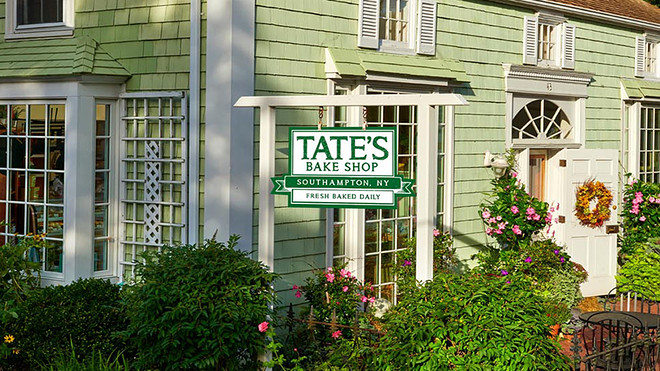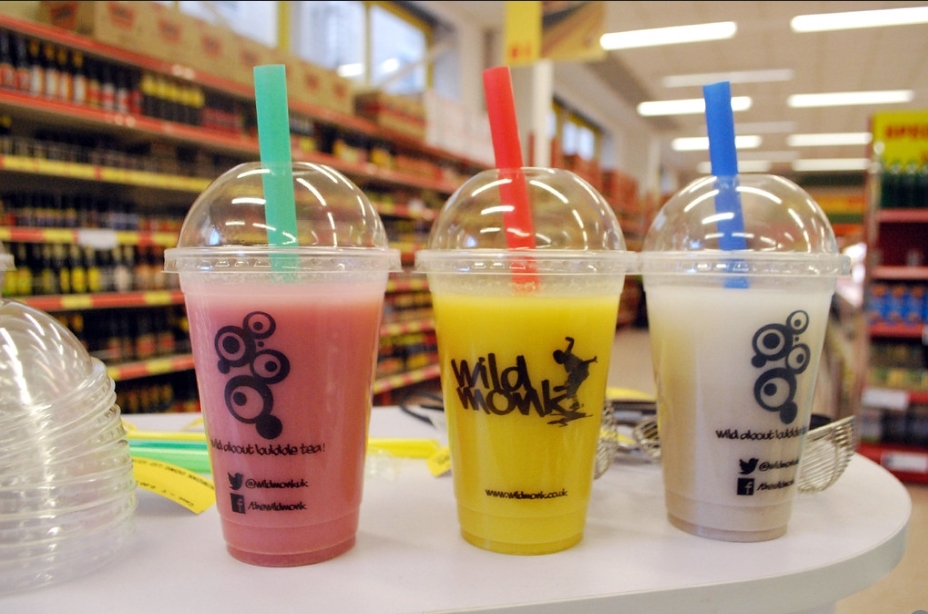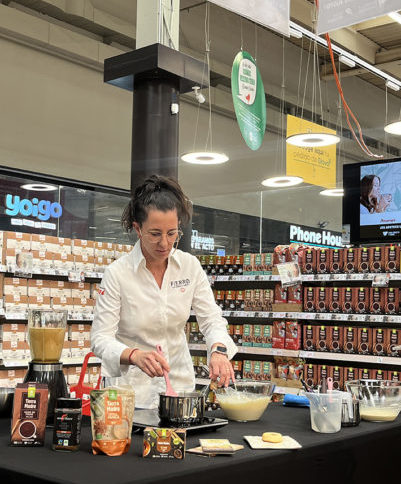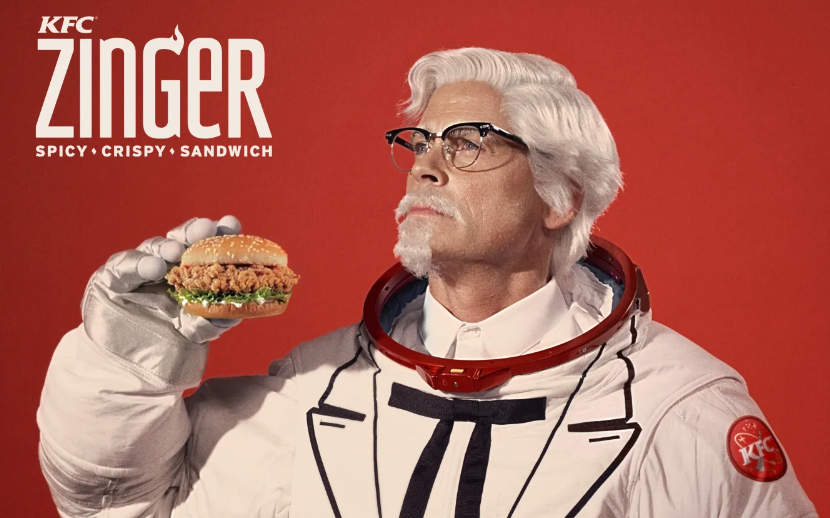While the digital world may take the spotlight, offline marketing channels remain a vital piece of the puzzle. In Part 1 of the Marketing Channels series, we explored how online platforms like social media, e-commerce, and search engines have reshaped the way food and beverage brands connect with customers. However, not every interaction happens on a screen. Traditional offline methods—like in-store promotions, pop-up events, and direct mail—offer opportunities for brands to engage customers on a personal, sensory level.
In this section, we'll dive into the power of offline marketing and explore how offline channels complement digital efforts, creating well-rounded strategies that engage customers wherever they are. Whether through a hands-on tasting experience or eye-catching packaging, these interactions help build trust and emotional connections that are hard to replicate online. Let's explore how these classic methods fit into today's omnichannel world and discover where they can still make a difference.
1. Brick-and-Mortar Stores
Brick-and-mortar stores are the traditional backbone of food marketing. For food brands, getting shelf space in physical stores can significantly increase exposure and drive impulse purchases. They provide opportunities for direct interaction with customers and allow for product sampling. Retailers often have dedicated aisles for new or seasonal products, making it a prime opportunity for food brands to stand out.
- Examples:
- Local Grocery Stores: Small retailers focusing on local produce and specialty foods.
- Large Supermarkets: National chains like Kroger, Whole Foods, and Publix.
- Convenience Stores: High-frequency, quick-stop locations ideal for grab-and-go items.

2. Pop-Up Shops and Events
Pop-up shops and events are temporary retail spaces that allow food brands to showcase products in high-traffic areas. They're great for testing new locations, launching products, or creating buzz around the brand. They let brands engage directly with consumers, gather real-time feedback, and build brand loyalty.
- Examples:
- Setting up a stall at local farmers markets.
- Renting a booth at regional food festivals.
- Participating in seasonal holiday markets.

3. In-Store Sampling and Demonstrations
Taste is the ultimate selling point for any food product. So, the most fundamental question for any food brand must be: How to get my customers to taste my product?
That question is best tackled with the next sales channel or strategy - sampling. Traditional in-store sampling involves setting up a table in a store and offering small samples to shoppers. It's a simple but powerful strategy as it taps into some key psychological drivers to increase sales.
For instance, sampling removes risk aversion, a major barrier for customers trying new food products. When people get to taste something without paying, it eliminates the fear of wasting money on something they might not like. There's also the "Reciprocity Effect"—when people receive something for free, they often feel a need to give back. In this case, customers are more likely to buy the product as a "thank you" for the sample.

Sampling can be used in a ton of hybrid marketing strategies. Here are some of our favorites:
- Giveaways: On Social media, help build buzz around your brand and increase engagement. They also incentivize your followers to spread the word by liking, sharing, or tagging friends in the post.
- Sampling Events: Hosting sampling events is one of the most effective ways to let people experience your product firsthand. These can be organized in-store, at local farmers' markets, food festivals, or even pop-up locations in high-traffic areas.
- Free Samples with Subscriptions: It's a low-risk way to encourage trial. This works especially well for brands that sell directly online. When customers receive a small sample of a different product, it's a pleasant surprise that can lead to future purchases. Including samples in subscription boxes (like HelloFresh or SnackNation) exposes your brand to a pre-qualified audience who values discovering new, high-quality items.
Demonstrations go a step further by showing customers how to use the product, like cooking demos for new sauces or seasoning blends. It's an effective way to help people imagine using the product in their own lives, making it more real and desirable. According to a study, 64% of consumers are more likely to buy a product after watching a video demonstration.

In the past, product demonstrations were simple face-to-face interactions—a rep showing off a product in-store or at an event. But today's consumer expects more engaging experiences. Here's how modern food brands can elevate traditional demos:
- Make It Online: Take traditional demos to the digital space through live streams, video tutorials, or social media reels. This broadens your reach beyond physical stores and engages audiences wherever they are.
- Make It Interactive: Turn one-way presentations into two-way experiences. Use polls, Q&As, or interactive QR codes to keep the audience engaged and build a stronger connection.
- Make It Relatable: Focus on real-life applications instead of scripted pitches. Show how your product fits into everyday life through authentic stories or relatable scenarios.
These channels are highly effective for new product launches and for turning first-time tasters into long-term buyers.
4. Wholesale and Distribution
Wholesale involves selling products in bulk to other businesses, who then retail them. It's an efficient way to expand distribution without managing end-customer interactions directly. Many food brands partner with large grocery chains, independent retailers, or restaurants for bulk sales. Wholesale distributors act as intermediaries to get your product into numerous retail locations with fewer logistics for your brand to handle.
- Key partners:
- Large Chains: Whole Foods, Costco.
- Independent Grocers: Local specialty food stores.
- Restaurants: Selling ingredients in bulk.
5. Retail Partnerships
Throughout this article, we’ve mentioned retail several times—it’s interwoven into many of the strategies we’ve discussed. So, what exactly is retail? At its core, retail is about selling products directly to consumers for their personal use, typically through stores, cafes, or similar outlets.
Retail partnerships take this concept further by teaming up with established businesses that already have a steady stream of loyal customers. These collaborations let food and beverage brands place products in high-visibility spots, boost credibility, and expand their audience.
What Makes Retail Partnerships Work:
Partnering with trusted retailers allows you to tap into their audience, leverage their reputation, and boost your brand’s visibility. Whether it’s placing your snacks near checkout counters, featuring drinks in popular cafes, or creating co-branded menus, these strategies are perfect for increasing exposure and sales. It’s all about meeting customers where they already shop and giving them a compelling reason to try your products.
Examples of Retail Partnerships:
- Checkout Counters: Perfect spots for snacks that customers grab on impulse.
- Popular Cafes: Feature your products in independent coffee shops or collaborate on seasonal specials with well-known chains.
- Endcap Displays: Those attention-grabbing displays at the end of aisles that make shoppers stop and look.
- Specialty Stores: Partner with gourmet or niche retailers that cater to your ideal audience.
If you want to dive deeper into strategies for successfully partnering with retailers, be sure to check out our Retail Support Guide, where we cover actionable tips and examples to help food and beverage brands thrive in retail spaces.
6. Traditional Advertising
While digital marketing may steal the spotlight these days, traditional advertising channels still hold their own when it comes to capturing attention and building brand recognition. Print ads, billboards, TV, and radio continue to play a pivotal role, particularly for food and beverage brands trying to target local audiences.
Print media, such as food magazines, offer a unique way to showcase products with eye-catching visuals and rich storytelling that digital formats often struggle to replicate. Publications like Specialty Food Magazine, with its dedicated 35,000 subscribers, give brands a chance to reach a niche audience with high-quality visuals and detailed information. Food brands can use these glossy pages to tell their story and establish credibility.
But it's not just about print. TV and radio have been the go-to for decades, and for good reason—they stick in the minds of viewers and listeners. For example, who doesn't recognize KFC's iconic Colonel Sanders commercials? These channels allow brands to craft memorable campaigns that become part of pop culture. Radio, in particular, remains an effective and relatively cost-friendly option for reaching local audiences, especially during peak drive times when people are in the car, often thinking about their next meal. A well-placed radio ad can influence a quick stop at the grocery store or a last-minute fast-food run.

Then there's the power of outdoor advertising—classic billboards strategically placed near grocery stores or shopping centers. They create constant visual reminders for consumers in high-traffic areas. These larger-than-life ads, combined with TV and radio, create a multi-sensory experience that digital alone can't always achieve.
Despite the growth of digital, traditional channels have something unique: the ability to create a lasting impression. It's not just about visibility; it's about the impact. In a world full of digital noise, sometimes a bold print ad or a catchy jingle on the radio is exactly what cuts through and sticks.
7. Direct Mail Marketing
Direct mail involves sending physical promotional materials—like brochures, coupons, or sample packs—directly to customers' homes. It's a great way to build brand awareness, promote seasonal offerings, or provide special discounts. For food brands, sending recipes, samples, or exclusive product launches can be highly effective in generating interest.
- Examples:
- Sending recipe cards paired with product samples.
- Mailing exclusive coupons to loyal customers.
- Using geo-targeted mailers to reach specific neighborhoods.
8. Trade Shows and Expos
Participating in trade shows and expos gives food brands the chance to connect with retailers, distributors, and potential partners. These events are often industry-focused and can be an excellent venue for building B2B relationships, launching new products, and gaining insights into industry trends. They provide a platform to showcase products, conduct live demos, and engage in networking.
- Examples:
- Attending specialty food trade shows like the Fancy Food Show.
- Setting up booths at regional food expos.
- Networking at industry-specific events like Natural Products Expo.
9. Sponsorships and Partnerships
Sponsoring events, sports teams, or local organizations is a powerful way to boost brand visibility and align your products with community values. This offline strategy works particularly well for food brands that want to emphasize local connections or specific values, like supporting health initiatives for sustainable farming.
- Examples:
- Sponsoring local sports teams and community events.
- Partnering with local schools for healthy snack programs.
- Collaborating with charities for cause-based marketing.
Final Thoughts
Offline marketing channels like print, radio, and TV might seem old-school, but they're still powerful tools for reaching local audiences and creating memorable campaigns. These channels build trust and offer unique ways to showcase products that digital methods sometimes can't match. As we move into the digital age, it's crucial to know when to rely on these tried-and-true strategies.
Now that you've explored the ins and outs of offline marketing channels, it's time to put your knowledge to the test! Take our quick quiz to see how well you understand these strategies and discover new insights for your food business.
